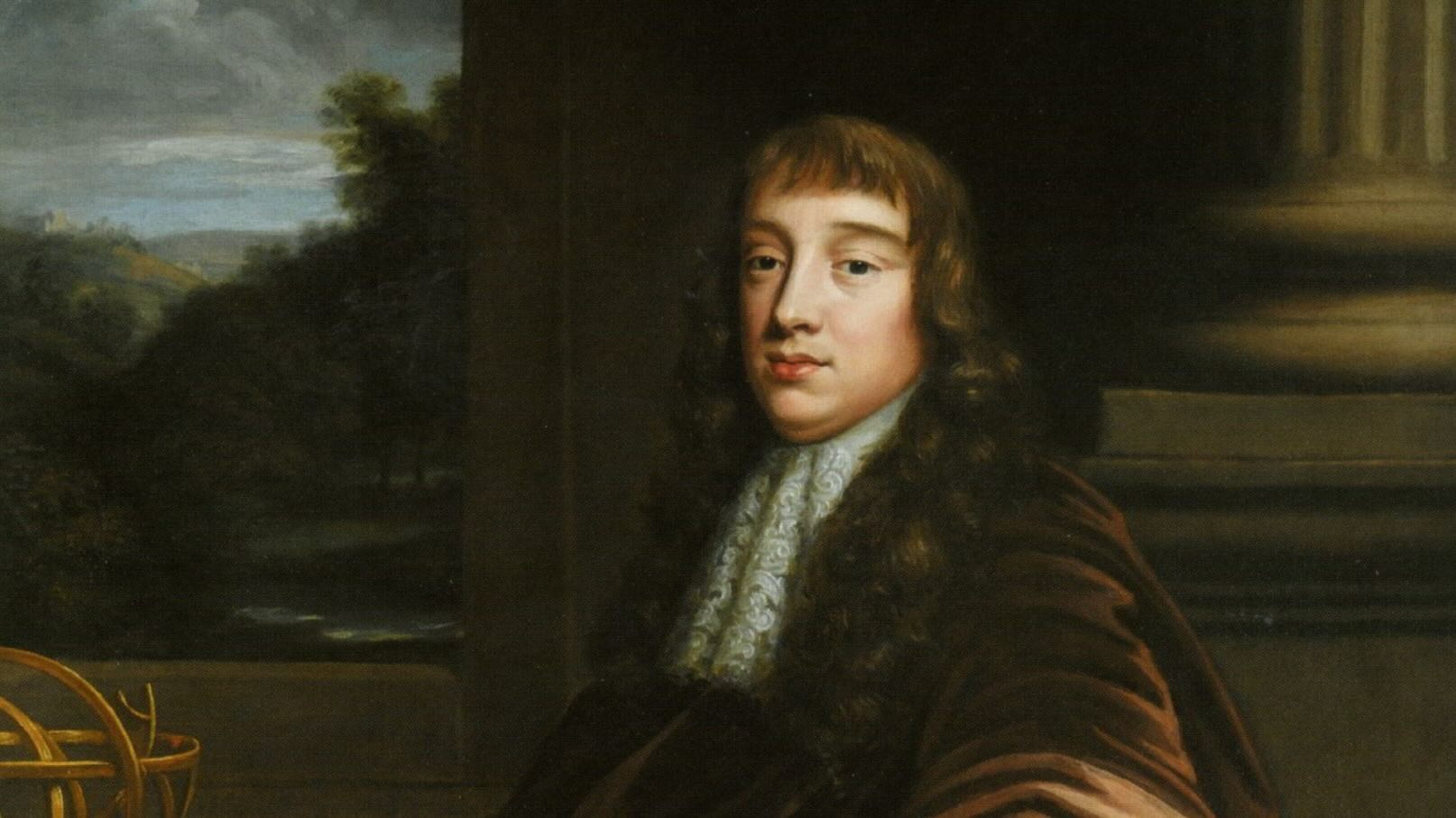
Who was Robert Hooke? Robert Hooke was a brilliant scientist, inventor, and polymath from the 17th century. Known for his work in physics, biology, and astronomy, Hooke made groundbreaking discoveries that still impact science today. He is most famous for Hooke's Law, which describes the elasticity of materials. Hooke also played a crucial role in the development of the microscope, leading to his discovery of cells in cork. His book "Micrographia" was a bestseller and revealed the microscopic world to the public. Despite his many achievements, Hooke often found himself overshadowed by contemporaries like Isaac Newton.
Who Was Robert Hooke?
Robert Hooke was a 17th-century English scientist known for his wide-ranging contributions to various fields. From physics to biology, Hooke's work laid the groundwork for many modern scientific principles.
- Born on July 18, 1635, in Freshwater, Isle of Wight, England.
- Hooke's father was a clergyman, and he was the youngest of four children.
- He attended Westminster School in London, where he showed an early aptitude for mechanics and drawing.
- Hooke later studied at Christ Church, Oxford, where he became an assistant to the famous chemist Robert Boyle.
Hooke's Contributions to Science
Hooke's work spanned multiple disciplines, making him one of the most versatile scientists of his time.
- Hooke is best known for Hooke's Law, which describes the relationship between the force applied to a spring and its extension.
- He coined the term "cell" when describing the microscopic structure of cork in his book "Micrographia."
- Hooke made significant contributions to the field of optics, improving the design of the microscope.
- He was one of the first to suggest that fossils were the remains of once-living organisms.
- Hooke also worked on the theory of combustion, proposing that it involved a chemical reaction with air.
- He was involved in the construction of the Royal Society's first air pump, used in various experiments.
Hooke's Work in Architecture
Besides his scientific endeavors, Hooke was also an accomplished architect.
- Hooke collaborated with Sir Christopher Wren on the rebuilding of London after the Great Fire of 1666.
- He designed the Monument to the Great Fire of London, which still stands today.
- Hooke was responsible for the design of several churches and public buildings in London.
- He served as the Surveyor to the City of London, overseeing the reconstruction efforts.
Hooke's Personal Life and Challenges
Despite his many achievements, Hooke faced numerous personal and professional challenges.
- Hooke never married and had no children.
- He often clashed with other scientists, including Isaac Newton, over priority and credit for discoveries.
- Hooke's health deteriorated in his later years, possibly due to overwork and stress.
- He died on March 3, 1703, in London, leaving behind a vast but somewhat disorganized collection of notes and manuscripts.
Lesser-Known Facts About Hooke
Some aspects of Hooke's life and work are not as widely known but are equally fascinating.
- Hooke was an accomplished artist and often illustrated his own scientific works.
- He experimented with timekeeping devices and made improvements to the design of clocks.
- Hooke proposed the wave theory of light, which was later developed by other scientists.
- He was one of the first to observe the rotation of Jupiter's red spot.
- Hooke suggested that gravity could be measured using a pendulum.
- He was a pioneer in the field of meteorology, designing instruments to measure atmospheric pressure and temperature.
Hooke's Legacy
Hooke's influence extends far beyond his lifetime, impacting various scientific fields.
- The Hooke Medal is awarded annually by the British Society for Cell Biology in his honor.
- Hooke's work on elasticity has applications in engineering and materials science.
- His observations in "Micrographia" laid the foundation for cell biology.
- Hooke's contributions to architecture helped shape the modern city of London.
- He is often referred to as "England's Leonardo" due to his diverse talents and contributions.
- Hooke's work inspired future generations of scientists, including Charles Darwin and Albert Einstein.
Fun Facts About Hooke
Even centuries later, some quirky and fun facts about Hooke continue to intrigue people.
- Hooke was known for his eccentric personality and often conducted experiments in his own home.
- He kept a pet tortoise named "Timothy," which lived for over 50 years and was passed down through several owners.
Robert Hooke's life and work remain a testament to the power of curiosity and the pursuit of knowledge. His contributions continue to resonate in the scientific community, making him a timeless figure in the history of science.
Final Thoughts on Hooke
Robert Hooke's contributions to science are nothing short of remarkable. From Hooke's Law to his work with microscopy, his discoveries have shaped our understanding of the natural world. His invention of the balance spring revolutionized timekeeping, making watches more accurate. Hooke's curiosity led him to explore everything from astronomy to architecture, leaving a lasting impact on multiple fields.
His book, "Micrographia," opened up a new world of tiny wonders, inspiring future scientists. Despite his many achievements, Hooke often found himself overshadowed by contemporaries like Isaac Newton. Yet, his legacy endures, reminding us of the importance of curiosity and perseverance in scientific discovery.
So, next time you look at a watch or peer through a microscope, remember Robert Hooke. His work continues to influence our daily lives, proving that curiosity truly knows no bounds.
Was this page helpful?
Our commitment to delivering trustworthy and engaging content is at the heart of what we do. Each fact on our site is contributed by real users like you, bringing a wealth of diverse insights and information. To ensure the highest standards of accuracy and reliability, our dedicated editors meticulously review each submission. This process guarantees that the facts we share are not only fascinating but also credible. Trust in our commitment to quality and authenticity as you explore and learn with us.
